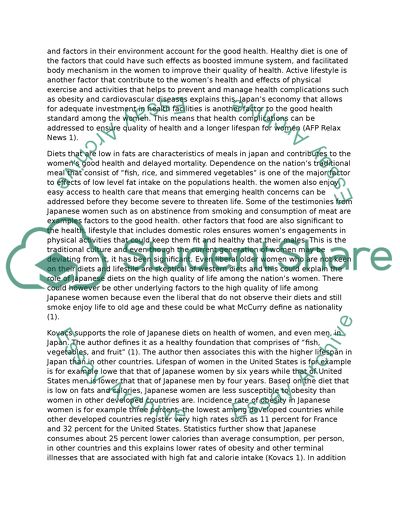Cite this document
(“The Health of Women in Japan Research Paper Example | Topics and Well Written Essays - 1750 words”, n.d.)
Retrieved de https://studentshare.org/history/1644924-the-health-of-women-in-japan
Retrieved de https://studentshare.org/history/1644924-the-health-of-women-in-japan
(The Health of Women in Japan Research Paper Example | Topics and Well Written Essays - 1750 Words)
https://studentshare.org/history/1644924-the-health-of-women-in-japan.
https://studentshare.org/history/1644924-the-health-of-women-in-japan.
“The Health of Women in Japan Research Paper Example | Topics and Well Written Essays - 1750 Words”, n.d. https://studentshare.org/history/1644924-the-health-of-women-in-japan.


